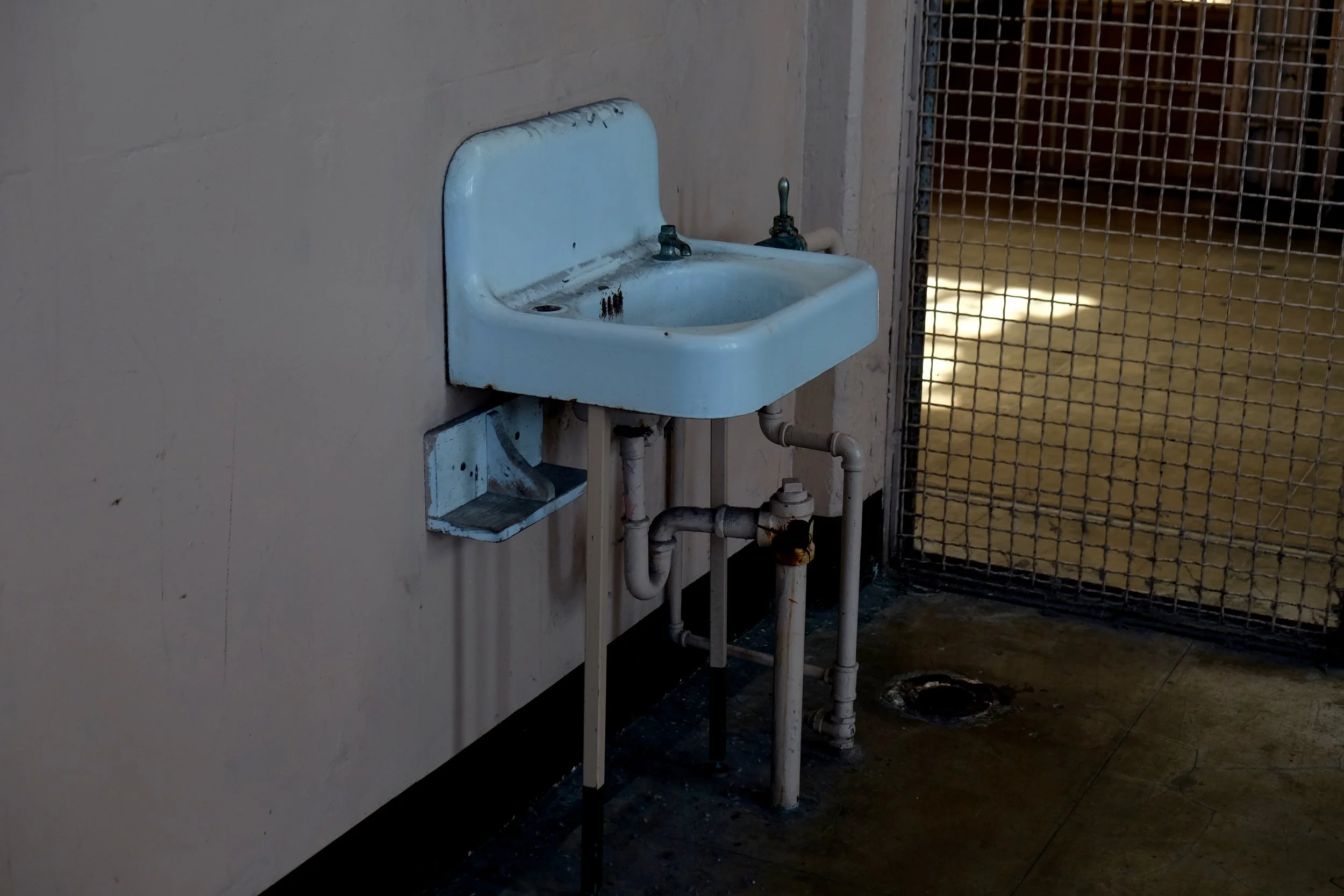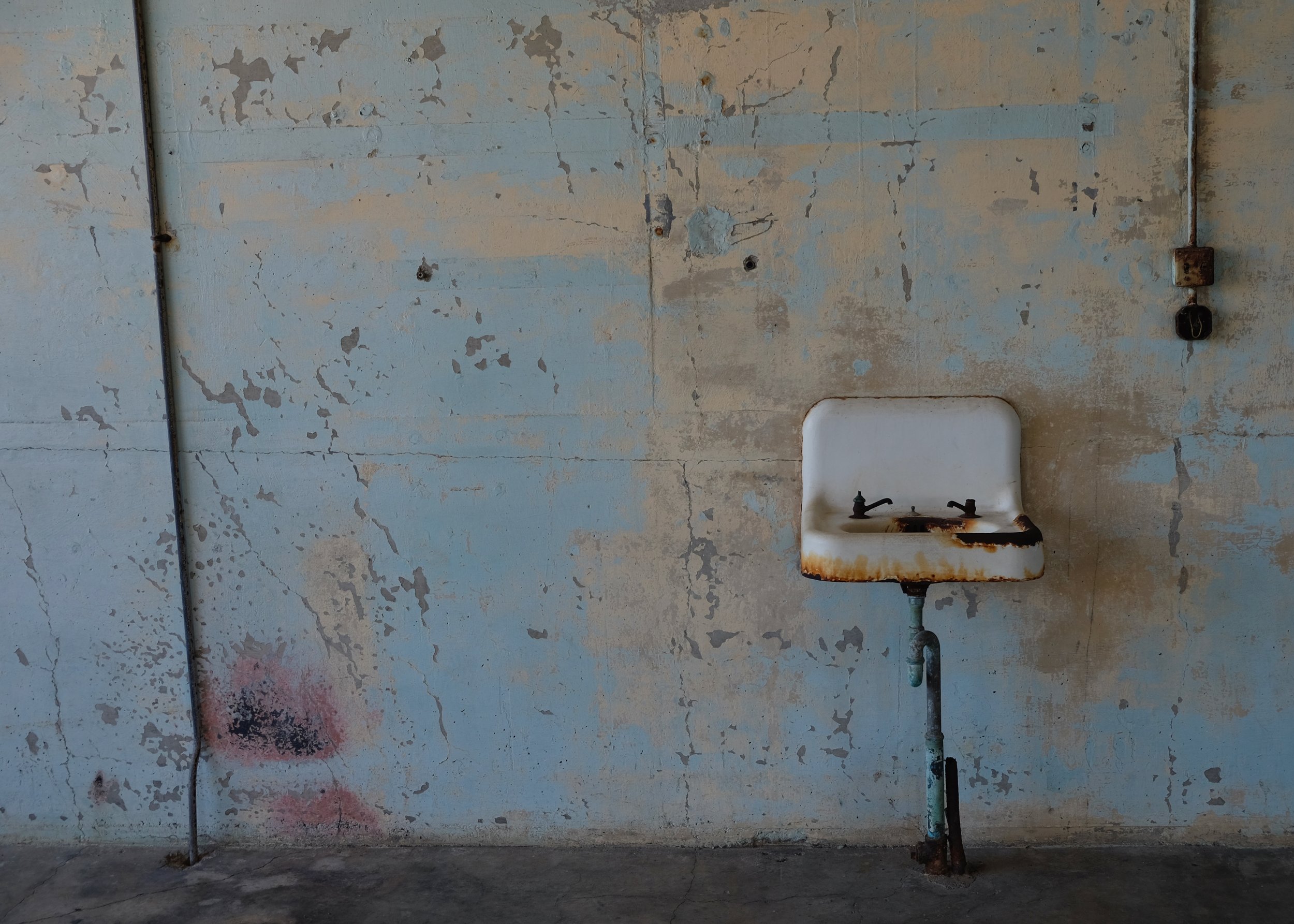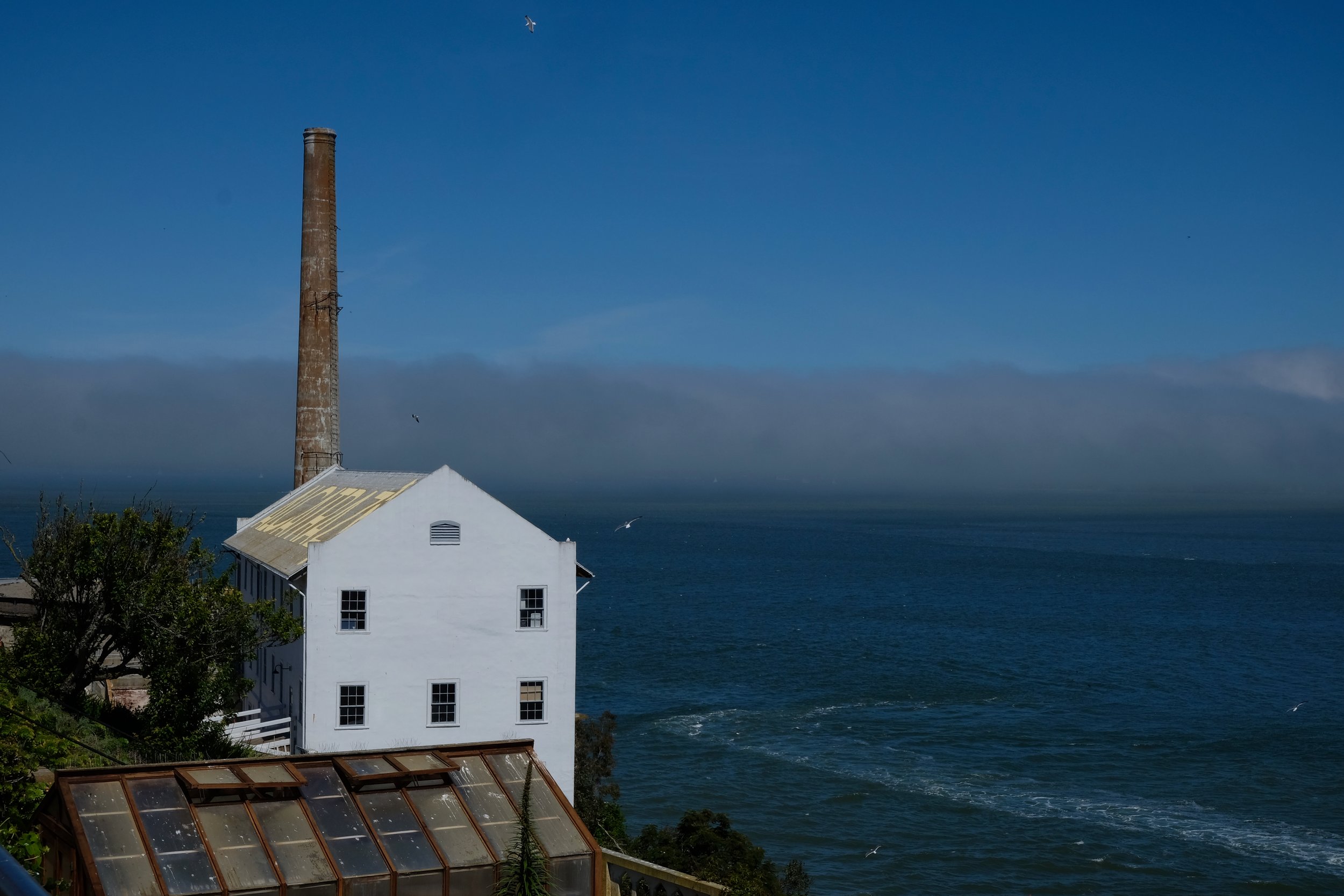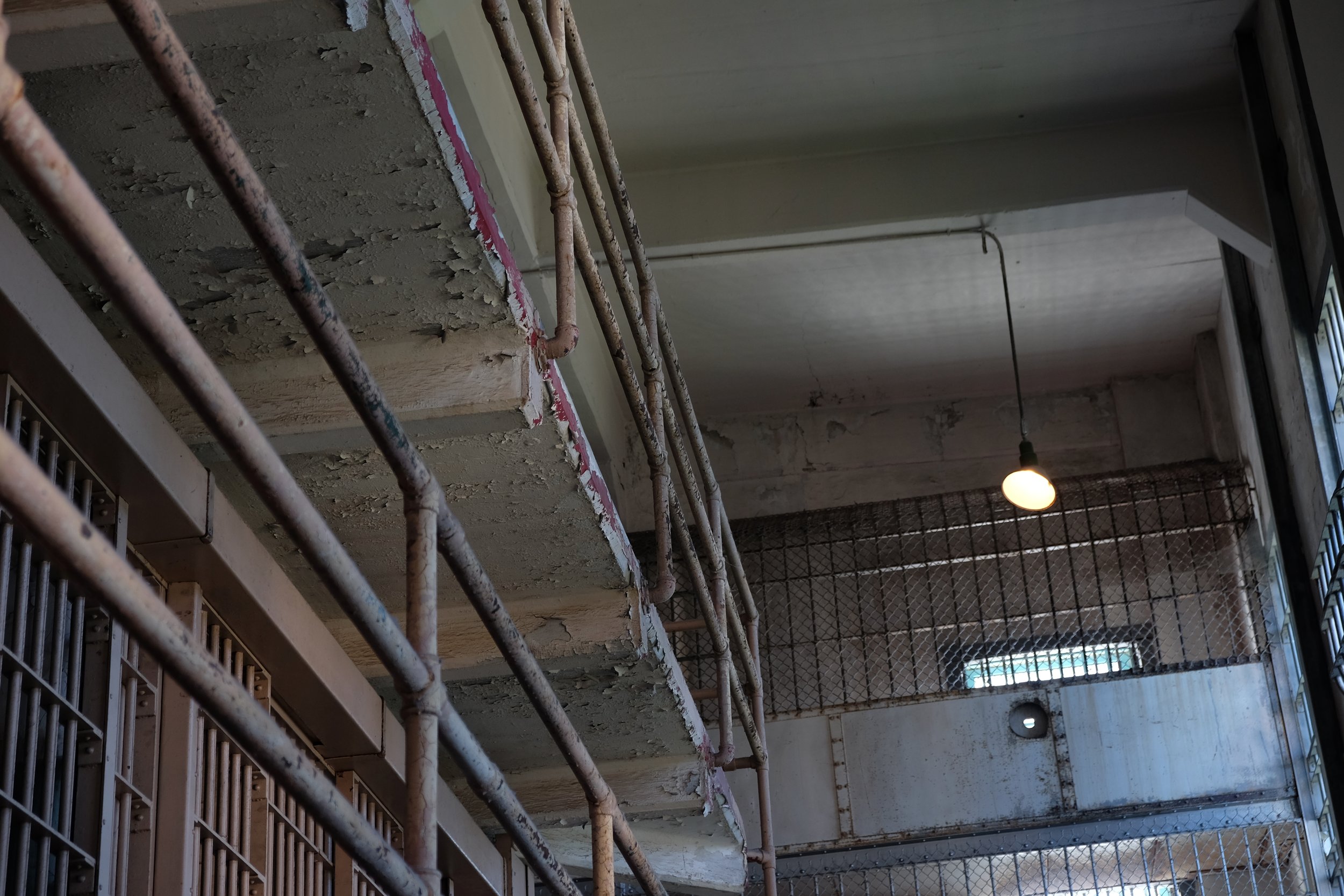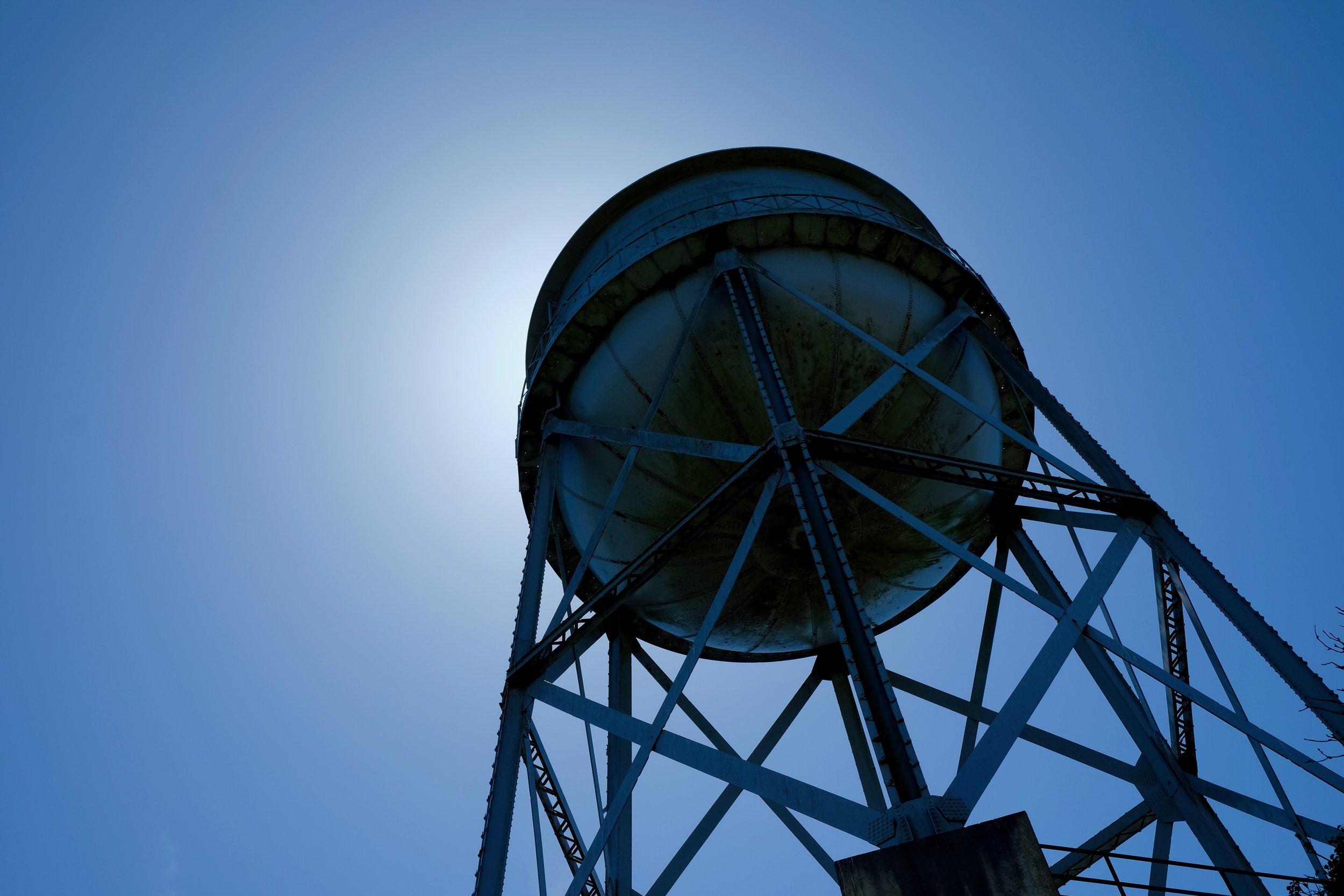Film Dog
I suppose the thought occurred to me first when, late last year, some of my favorite films were out of stock everywhere I looked. No Portra 400, no Pro Image 100, no Tri-X! And I thought about it again a few weeks ago when I visited one of my favorite camera shops and spent over a hundred bucks on a few rolls of film. As I got into my car and tossed the film into my camera bag, I did the math in my head. With processing and scanning, shooting my favorite C-41 film was going to cost me nearly $40 a roll all in. Photography as a hobby isn’t cheap and I have certainly blown wads of cash on expensive cameras and lenses, but as I see myself inching closer to retirement, I’m starting to become more frugal. The money I spent on this last batch of film kept poking at me. And not in a good way.
I am an old film dog but…I started considering digital photography. Again.
I’ve had my share of digital cameras and none of them have really given me the joy that shooting an old film camera does. I owned a Nikon D700 for a while and made some terrific pictures with it. But the Nikon DSLR was big and heavy and its controls and menus didn’t romance me, so I sold it.
Sonoma Coast, CA, Nikon D700 with Nikkor 50mm f/.14 AF-D
I also tried several Leica digital rangefinders, the M8, M9 and the Leica M-P (typ240). Those Leica lenses were spectacular, but I am not a rangefinder guy and I also always felt quite nervous carrying around that much money on my shoulder. Luckily, I sold every Leica I ever owned for a profit, so I recouped my investments after the Leica test drives.
Market Street, San Francisco, Leica M9 with 35 Summicron
So, was there a digital camera I could love?
I knew it needed to be small and light. I wanted a simple and easy-to-use photographer/camera interface with dials rather than multi-function buttons. Some digital cameras have menus that are science projects—I didn’t want to spend hours reading an owner’s manual. And because, based on my past history with digital, I wasn't sure how long this dance would last, I didn’t want to spend a fortune.
I considered the Nikon Df. I have many manual and auto-focus Nikkors and the Df reminds me a lot of my beloved Nikon FE camera. But I had taken a Df out on loan when the camera first came out and for no particular reason, the Df and I didn't gel. The new Nikon Z cameras sure looked nice, but the prices were all out of my budget. I also read quite a bit about the dizzying array of SONY mirrorless Alpha bodies. The earlier models were closer to my budget but I have read that the SONY menus can be confusing and that might discourage me.
My research eventually led me to Fujifilm’s X series of cameras, specifically the XT single digit DSLRs, aimed at pro photographers. The XTs are small, light, precise and made out of metal, reminding me of my favorite mechanical film cameras. The current model is the X-T5 and it retails for around $1700 which was more than I wanted to spend. The line started in 2014 with the X-T1 and you can find that camera on the used market from $300 to around $500. The more I read about the 16 megapixel X-T1, the more it appealed to me. Nine years is a long time in the digital world, but online reviews and You Tube videos convinced me that this camera is still a very competent performer and I could get into the Fujifilm X system with body and lens for well under a grand. As luck would have it, one of my trusted eBay sellers had a body for sale that belonged to his wife. It was well cared for and I picked it up for $350. I decided on Fuji’s kit lens, the XF 18-55mmF2.8-4 R LM OIS that I found used at Camera West in Walnut Creek, CA for $325.
My new-to-me Fujifilm X-T1 with 18-55 kit lens
Once in hand, I was immediately impressed with how well made the X-T1 is. Engraved metal, nice body covering material and a generous and comfortable grip. Even with the 18-55 zoom out front, the camera is light, easy to carry and well balanced but feels substantial. I wanted to find my way around this camera without reading the owner’s manual and to my surprise, everything is very intuitive to a long-time film photographer. I charged the battery, set the camera to automatic and took the ferry out to Alcatraz Island on a beautiful Bay Area Saturday afternoon.
Once I get to know this camera better, I will do a more detailed review. On my first day out, I kept it simple. I think the camera did a fine job of autoexposure under different kinds of lighting situations. And I got some satisfying images considering I had no idea what I was doing.
Of all of the digital cameras I have tried, the Fujifilm X-T1 seems the most natural in my hands…reminds me most of my favorite film cameras. I definitely bonded with this camera. I love the electronic view finder, fast autofocus and the Fuji film simulations. It was set on Provia this day. There are also all sorts of “recipes”available to create simulations for other film stocks including Kodachrome. The menu is easy to navigate. And transferring images from the camera to my Mac was easy peasy. I carried my X-T1 in a new Think Tank Photo Urban Access sling bag, one of the best carry bags I have ever used. I will review that soon as well.
Also nice is that for about the same price as one roll of color film and processing, I picked up an adapter that will allow me to use all of my vintage Nikon lenses on the X-T`1. Similarly priced adapters are available for my Pentax M42, Canon FD, Olympus OM and Minolta glass as well. It will be fun trying my various vintage lenses on the X-T1.
I am not by any means abandoning film photography. I love my film cameras and I love shooting film. I might limit film use to black and white, processing and scanning at home. We will see what happens to the price of film. For now, this old film dog is learning some new tricks.









